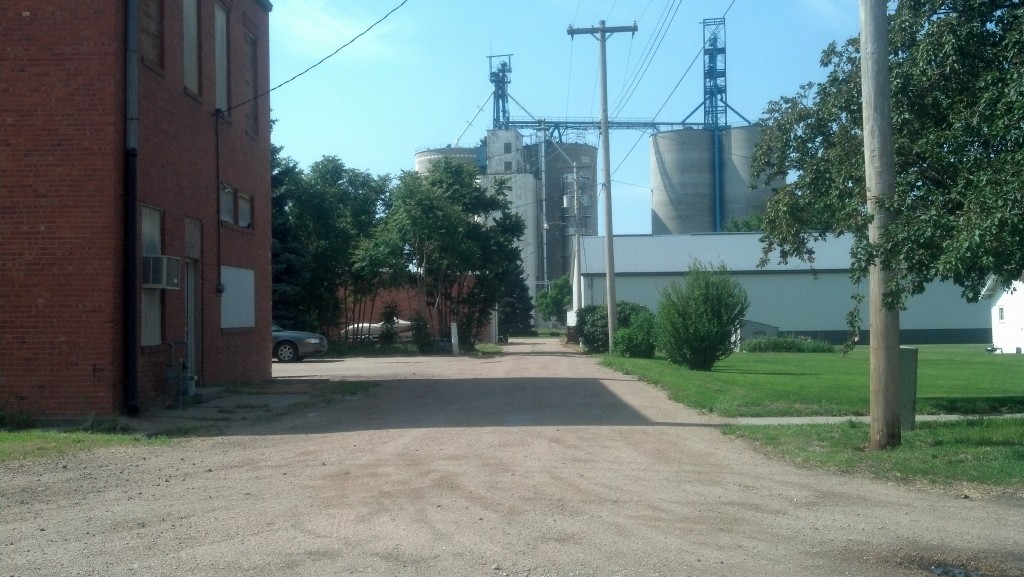OVERTON, Neb. — While no two towns are exactly alike, there’s something of a pattern that the chain of human settlement in the Platte River valley follows. Long-haul travelers on Interstate 80 will miss this, but those following U.S. 30 will likely pick up on the template for these towns along the way.
Heading out of any city, town or Census-designated place along U.S. 30, and off in the distance, a tower will rise out of the alignment of the road a few miles down the highway.
A few minutes later, cruising alongside the Union Pacific Railroad tracks and through the flat countryside, the outline of the next town will come into view. Heading west, the tracks are on the left and the town is on the right, just north of the highway. Between the highway and the Union Pacific tracks is the tall grain elevator standing amid a cluster of warehouses and other support buildings.
The town’s street grid will start at the highway and assuming it’s a small place — and most of them are — it will spread out for a few blocks before the flat farmland reappears.
This pattern will repeat itself every few miles, though the positions of the highway, railroad and grain elevator may shift depending on town.
It’s hard to miss the Platte River valley’s chain of grain elevators, which stand in succession along the Union Pacific like the Great Wall’s beacon towers. After awhile, this repetition will play out town and after town.
Overton, with a population of just under 600 people, generally fits this Platte River pattern, but its history doesn’t.

